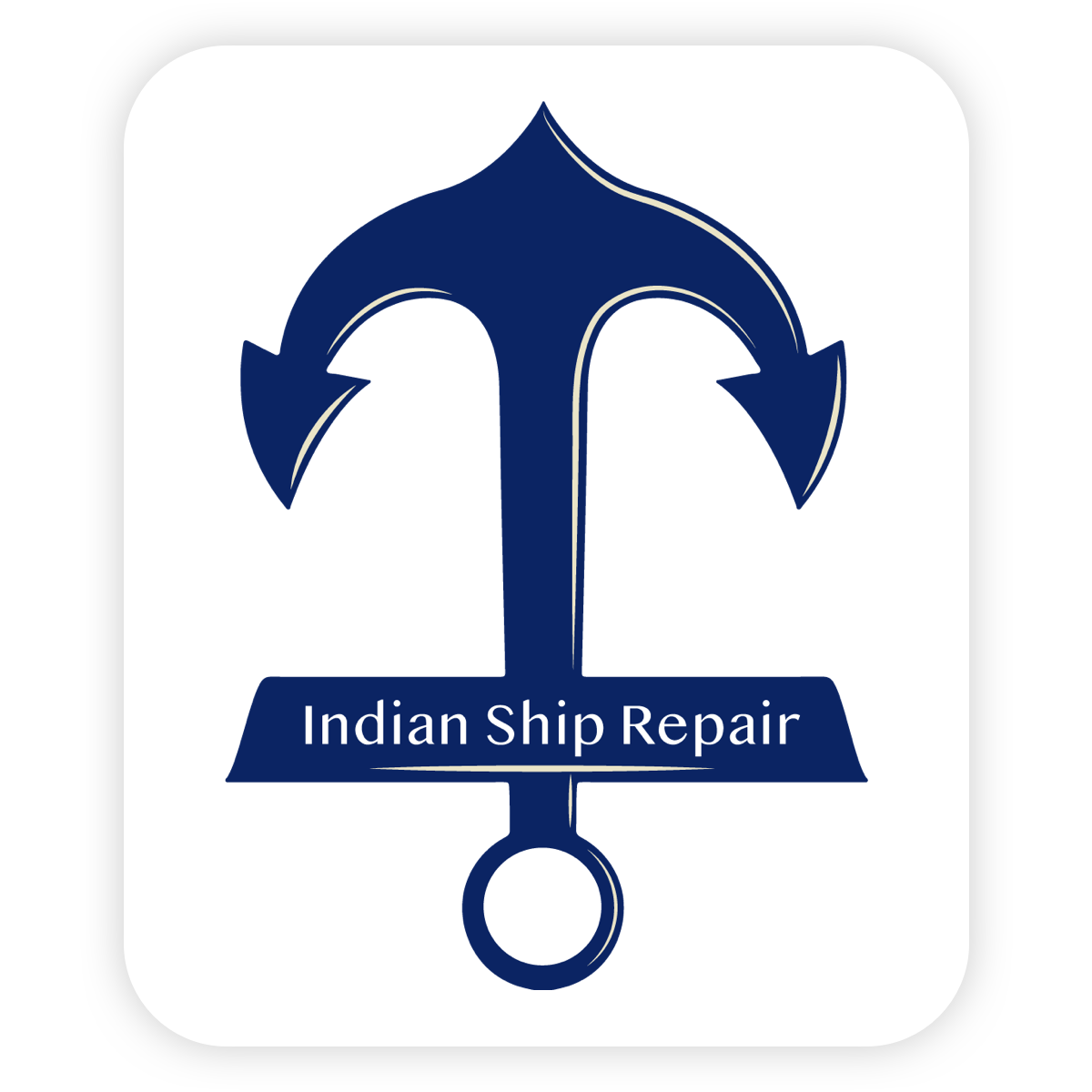Just How Intelligence that is artificial can Us Break More Panama Papers Stories
University essays pay appears to be a work of cheating for a few pupils.
December 11, 2019Their composing research papers and prices that are reasonable?
December 11, 2019Once we approach the 3rd anniversary of Panama Papers, the gigantic monetary drip that brought straight down two governments and drilled the largest opening yet to tax haven privacy, we usually wonder just what tales we missed.
Panama Papers supplied an impressive instance of news collaboration across boundaries and utilizing technology that is open-source the solution of reporting. As you of my peers place it: “You essentially possessed a gargantuan and messy amount of information in the hands and you also utilized technology to distribute your problem — to make it everybody’s problem.” He had been talking about the 400 reporters, including himself, whom for longer than per year worked together in a digital newsroom to unravel the mysteries concealed within the trove of papers through the Panamanian law practice Mossack Fonseca.
Those reporters utilized data that are open-source technology and graph databases to wrestle 11.5 million papers in a large number of various platforms to your ground. Nevertheless, the people doing the great most of the reasoning for the reason that equation had been the reporters. Technology helped us arrange, index, filter and also make the information searchable. Anything else arrived down to what those 400 minds collectively knew and comprehended in regards to the figures while the schemes, the straw guys, the leading businesses while the banks which were mixed up in key offshore world.
About it, it was still a highly manual and time-consuming process if you think. Reporters needed to type their queries one after another in A google-like platform based on which they knew.
How about whatever they didn’t understand?
Fast-forward 3 years to your booming realm of machine learning algorithms which are changing just how humans work, from agriculture to medicine to your company of war. Computer systems learn everything we understand and then assist us find unexpected habits and anticipate activities in manners that might be impossible for all of us to complete on our very own.
Just just What would our research seem like when we had been to deploy device algorithms that are learning the Panama Papers? Can we show computer systems to identify cash laundering? Can an algorithm differentiate a fake one built to shuffle cash among entities? Could we utilize recognition that is facial more easily identify which associated with the large number of passport copies when you look at the trove are part of elected politicians or understood crooks?
The solution to all that is yes. The bigger real question is exactly just just how might we democratize those AI technologies, today mainly managed by Bing, Twitter, IBM and a few other big organizations and governments, and completely integrate them in to the investigative reporting procedure in newsrooms of all of the sizes?
A good way is by partnerships with universities. We stumbled on Stanford what is ultius fall that is last a John S. Knight Journalism Fellowship to review exactly how synthetic intelligence can raise investigative reporting so we are able to discover wrongdoing and corruption more proficiently.
Democratizing Synthetic Intelligence
My research led us to Stanford’s synthetic Intelligence Laboratory and much more especially to your lab of Prof. Chris Rй, a MacArthur genius grant receiver whoever group happens to be producing cutting-edge research for a subset of machine learning techniques called “weak direction.” The lab’s objective is to “make it quicker and easier to inject just exactly what a person is aware of the planet into a device learning model,” describes Alex Ratner, a Ph.D. pupil whom leads the lab’s open supply poor direction project, called Snorkel.
The prevalent device learning approach today is supervised learning, by which humans invest months or years hand-labeling millions of information points individually therefore computer systems can figure out how to anticipate occasions. As an example, to coach a device learning model to anticipate whether a upper body X-ray is irregular or perhaps not, a radiologist may hand-label thousands of radiographs as “normal” or “abnormal.”
The purpose of Snorkel, and poor direction strategies more broadly, is always to allow ‘domain experts’ (in our instance, reporters) train device learning models making use of functions or guidelines that automatically label information as opposed to the tiresome and expensive means of labeling by hand. One thing such as: it in this manner.“If you encounter problem x, tackle” (Here’s a technical description of snorkel).
“We aim to democratize and accelerate device learning,” Ratner said whenever we first came across fall that is last which straight away got me personally taking into consideration the feasible applications to investigative reporting. If Snorkel can assist physicians quickly draw out knowledge from troves of x-rays and CT scans to triage patients in a manner that makes feeling — in the place of clients languishing in queue — it could probably additionally assist journalists find leads and focus on tales in Panama Papers-like situations.
Ratner additionally explained he ended up beingn’t enthusiastic about “needlessly fancy” solutions. He aims when it comes to quickest and easiest means to resolve each issue.
